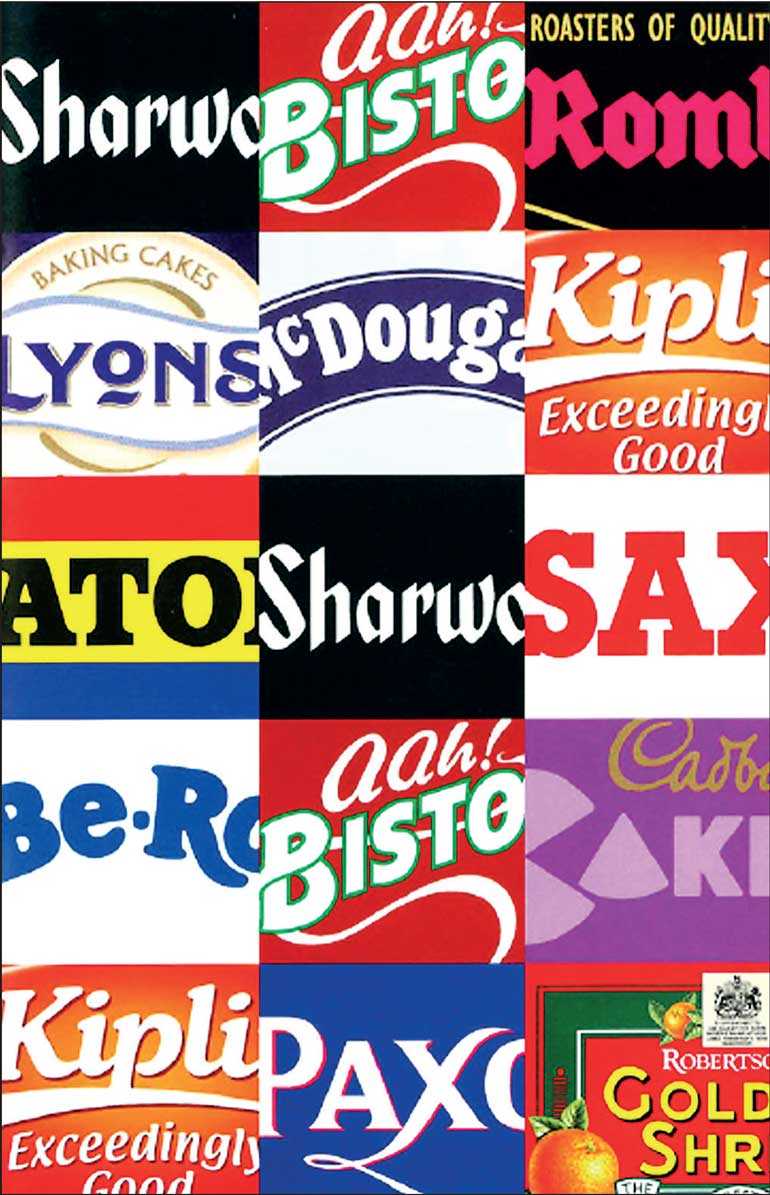Monday Dec 15, 2025
Monday Dec 15, 2025
Friday, 8 February 2019 00:00 - - {{hitsCtrl.values.hits}}

By Mike Rocha, Ashish Mishra and Michel Nugawela

It’s 1988 and the world looks very different to the world of 2018. Dell Computers have only just been rolled out to the market, Blackrock Asset Management has just been founded, Die Hard is the year’s biggest blockbuster and the concept of a World Wide Web has been talked about for the first time at the European Organization for Nuclear Research (CERN).
It is also the year that Interbrand made a pivotal move that would go on to alter the global business landscape forever—for the first time putting a tangible value against an entirely intangible asset—a brand.
To mark the occasion, we decided to take a look at the 30-year journey of Brand Valuation: its origin, its impact, and its future.
The story begins in the United Kingdom at the boardroom of a company called Rank Hovis McDougall (RHM). Back then, RHM owned a portfolio of some of Britain’s best loved food brands, each of which had benefited from some serious advertising investment and spawned a range of characters and catchphrases that most British consumers alive in the 1980s could still repeat today. There was Mr Kipling (the friendly chef who made ‘exceedingly good cakes’), Bisto Gravy (with its happy family exclaiming ‘Ah Bisto!’) and Hovis Bread (home of good, wholesome northern characters, from bakers to hard-working farmers), among others.
An asset-stripper called Goodman Fielder Wattie (GFW) embarked on a hostile bid for RHM. Believing the offer was too low, RHM’s execs approached Interbrand for help. Interbrand applied the financial and creative minds of its top people to solve the problem, designing a methodology that provided a way to value not only the business’ tangible assets – like its production facilities and equipment – but its intangible assets. This was the world’s first Brand Valuation and demonstrated that GFW’s offer did not take into account the significant value of RHM’s brand portfolio. As a result, the takeover was rebuffed.
“Rank Hovis McDougall was the world’s first Brand Valuation; GFW’s takeover bid was rebuffed”
This was a quietly iconic moment for brands and the wider branding, advertising and marketing industries. The following year, the London Stock Exchange endorsed the concept of Brand Valuation, as designed by Interbrand. This became the impetus for a wave of major goods companies to recognise the value of brands on their balance sheets. Now, analysis from Ocean Tomo shows that the business value paradigm has shifted to 80% intangible and 20% tangible. According to The Economist book ‘The Financial Value of Brands’, this first valuation marked the beginning of that trend.
There are three key overarching components to all of our Brand Valuations at Interbrand: an analysis of the financial performance of the brand’s products or services, the role the brand plays in purchase decisions, and the brand’s strength factors. Interbrand’s Brand Strength factors consist of 10 internal and external factors:
Today we conduct Brand Valuations for a wide range of purposes, from strategic brand management to dispute resolution to informing commercial negotiations. We have learnt that the key to an effective valuation is to make sure it gives clear direction on how to grow brand and business value. In order to tackle that challenge, we bring together different disciplines—strategy, design, analytics, and business analysis to generate insight and create the recommendations.
We have devoted the last 19 years to promoting the value of brands as powerful business assets through our widely recognised and anticipated Best Global Brands report, as well as its related country brand tables like Best Japan, Best China, Best Swiss, Best German, Best Spanish, and Best Brazilian Brands. Interbrand began identifying the Best Indian Brands in 2013, and the Best Sri Lankan Brands in 2017.
“Today’s business value paradigm has shifted to 80% intangible and 20% tangible”
With clients like Samsung, we use brand value as a lever for creating change. Having conducted valuations with them year-over-year since 1998, we have helped to reinforce the importance of building a world-class brand, as well as innovative and superbly engineered products, and provided recommendations to steer their strategy, plotting their path to becoming a Top 10 Best Global Brand (they ranked 6th in 2018).
Of course, as the world becomes more customer- and client-centric than ever, we continue to evolve and recalibrate our methodology. To keep ahead of a fast-changing world, our clients are looking for constant monitoring of market trends, competitors and technology. They need to stay connected to customers on an ongoing basis and continuously improve the brand experience where it matters the most, making ROI-driven decisions with a solid fact base of quantitative and qualitative data. The need for ‘always on’ brand management is the next frontier that we are about to pioneer all over again.
(Mike Rocha heads Interbrand’s Brand Valuation practice at Interbrand London; Ashish Mishra heads Interbrand’s India office; Michel Nugawela heads Interbrand’s Sri Lanka office.)